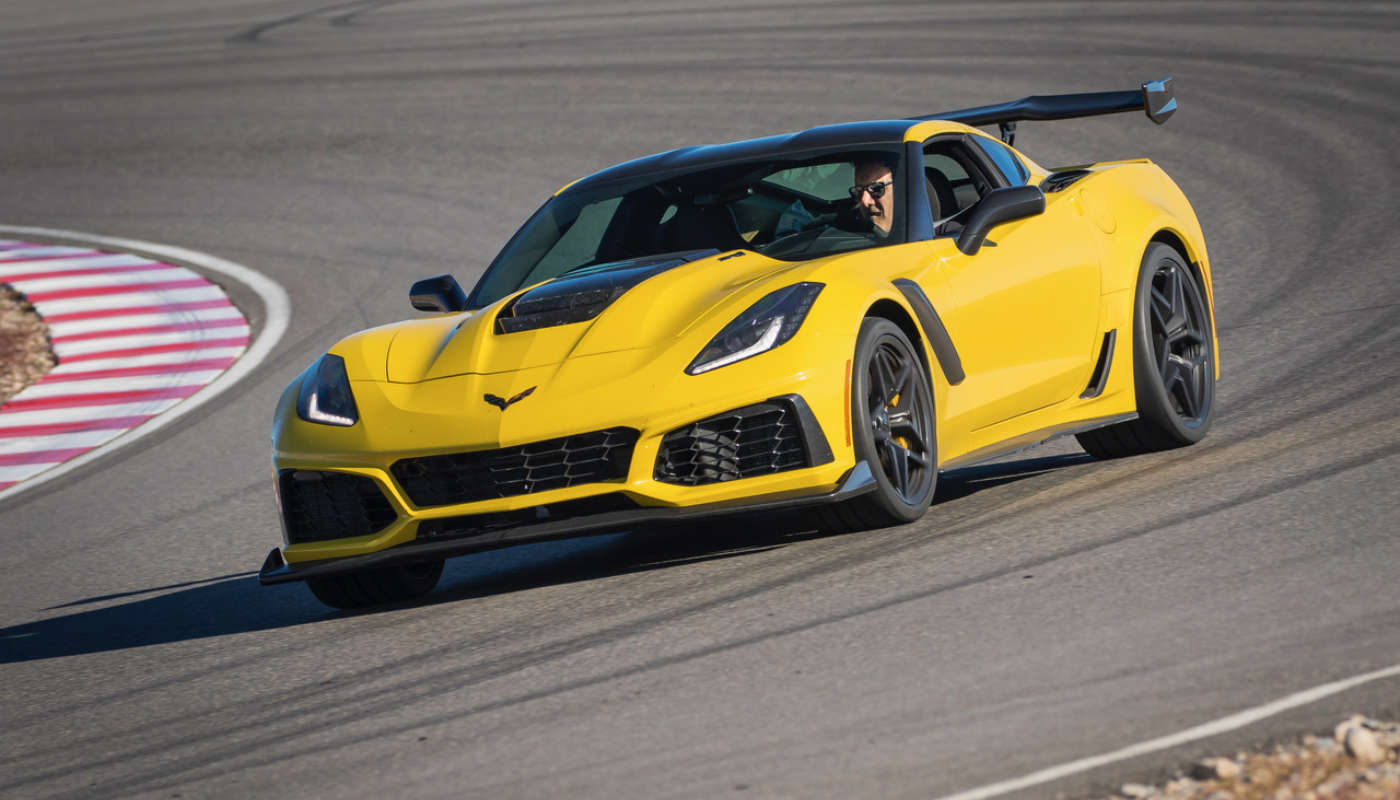
Old Versus New School
By Steve Temple
While recently attending a Corvette ZR1 two-day driving school at the Spring Mountain Motor Resort and Country Club, I realized just how much I had to “unlearn.” That’s because I’ve been to a few other driving schools with several types of cars over the years, and the technology has changed markedly.
For instance, hustling a Cobra replica around a road course requires a wholly different technique. The slip-and-slide method for setting up a corner exit hardly agrees with the Corvette’s sophisticated electronic suspension and low-profile Michelin Sport Cup 2 racing tires. You carve through the corners with surgical precision, rather than mixing up a greasy meatball drift.
Also, the Corvette’s carbon ceramic brakes with ABS allow a much more aggressive entry. They really scrub off speed — right now. The threshold braking technique is still similar, just way more sudden.
In addition, with a Cobra, you just turn the key and punch it. In contrast, the latest Corvette requires a preflight checklist with several electronic adjustments. These include setting the driving mode (track, in this case), along with the rev matching function for the clutch — no need for double clutching and blipping the throttle between shifts, as in the old days. Also, don’t forget to plug in the SD card and activate the data recorder function.
There’s even an avionic-style, heads-up display on the windshield, minimizing the need to glance down at the dash to get readouts for speed, revolutions per minute and gearing. In comparison, the only trick deal on the Cobra’s instrumentation was a reverse-reading speedo.
Speaking of punching the throttle, the ZR1 has a computerized launch control function. While not part of the driving school’s curriculum, it does provide a more consistent launch, as it takes the thought process out of revving the engine and dumping the clutch.
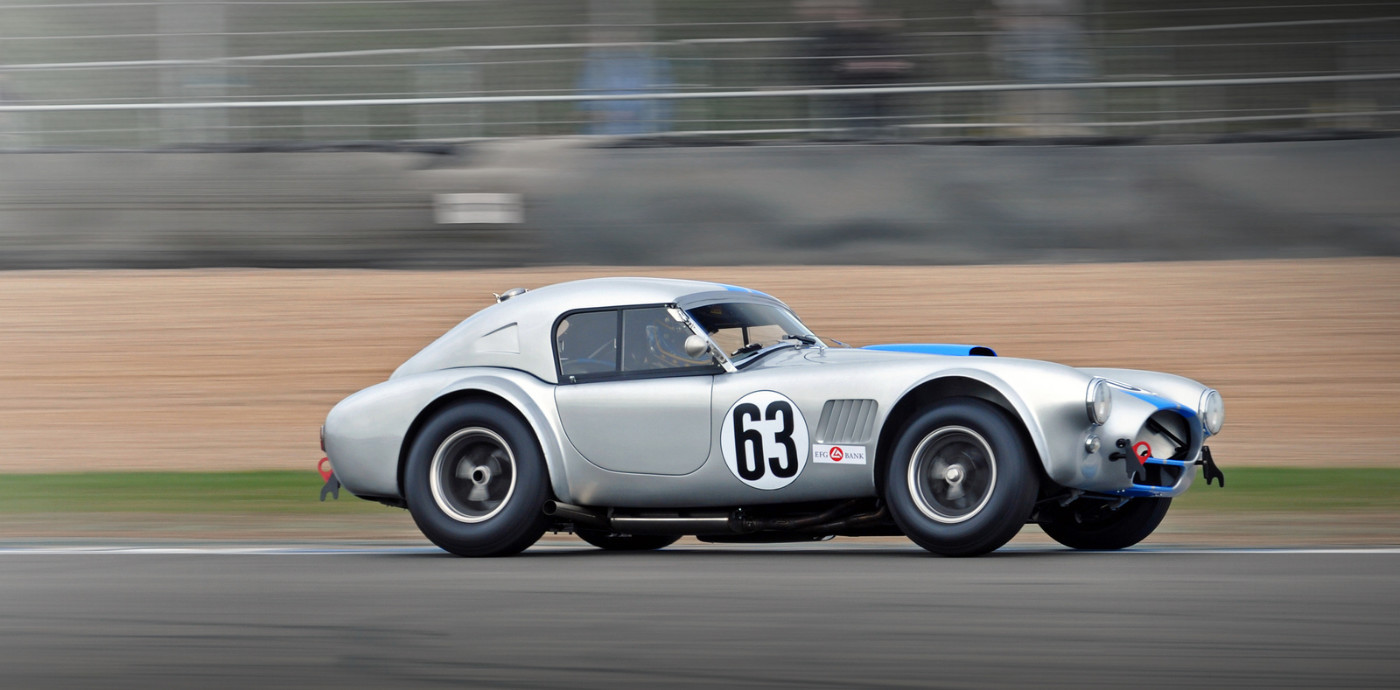
Photo courtesy of Dave Rook
Don’t get me wrong, both cars are loads of fun, but the Cobra is way more elemental, almost medieval by comparison. Even so, it would be cool to see how well a Cobra would stack up against a Corvette in timed runs, just to see how far we’ve come. Rick Malone, Spring Mountain’s chief driving instructor, recalls manhandling one around the track a few years ago. He felt it did very well, but found it sloppier on the turns, and he had to work harder at it, too.
As much as there are differences in technology, the one constant over time is the generous power on tap, almost too much for the relatively short road course that we were limited to (but a much longer one is in the works, so stay tuned). I was grateful for the patient and professional demeanor of the skilled driving instructors at Spring Mountain to keep me on track (literally).
I recall driving on this same course several years ago in a Honda S2000, which in some ways was easier to toss through the corners, especially after some personal instruction from the Honda’s suspension engineer. But I also found myself stomping the throttle and mashing the gears to squeeze out as much acceleration as possible from the 237 hp four-cylinder. No way would it ever hit 140 mph on the backstretch as I did in the Corvette.
No surprise, then, that with the ZR1’s 755 hp supercharged LT5, some restraint is needed. As with the Cobra, it can really bite you in an instant. Only a moment’s inattention or lack of focus can result in an embarrassing off-road excursion. I came close a couple times, but rescued the slide before heading into the dirt.
So what’s the bottom line here? Consider taking advantage of the latest in performance parts for your replica build, and you’ll find your driving experience will be markedly enhanced. And you’ll also have a better chance of staying on the pavement, too.
Steve Temple - editor@rcnmag.com

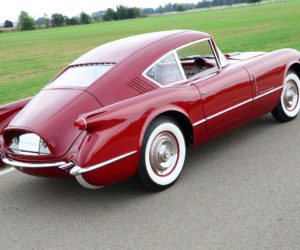
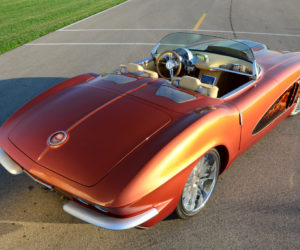
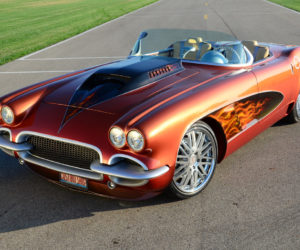
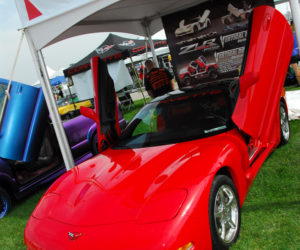
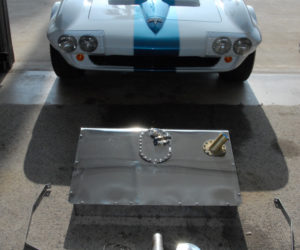
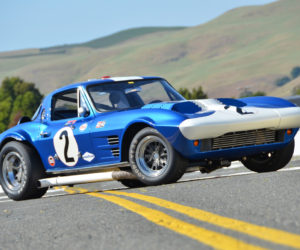




Comments for: Old Versus New School
comments powered by Disqus